
Tales of Australia’s haunted buildings
You’ll find plenty of haunted building tours around Australia. But do you how these stories get started? They usually start about 100 years ago with a gruesome murder, a suspicious fire or a ghost sighting. When we look at the beautiful architecture on the outside, it’s hard to believe these buildings were once home to pain, mystery and tragedy.
We’ve toured Trove to find the scary stories that have fed the mystery around these buildings. We’ll update this blog each week throughout October. Make sure to check back on this blog each week to discover another haunted building.
Readers are advised that this blog includes references to violence and suicide. For support, contact Lifeline, Beyond Blue or 13YARN.
Beechworth Insane Asylum (also known as Mayday Hills Hospital)
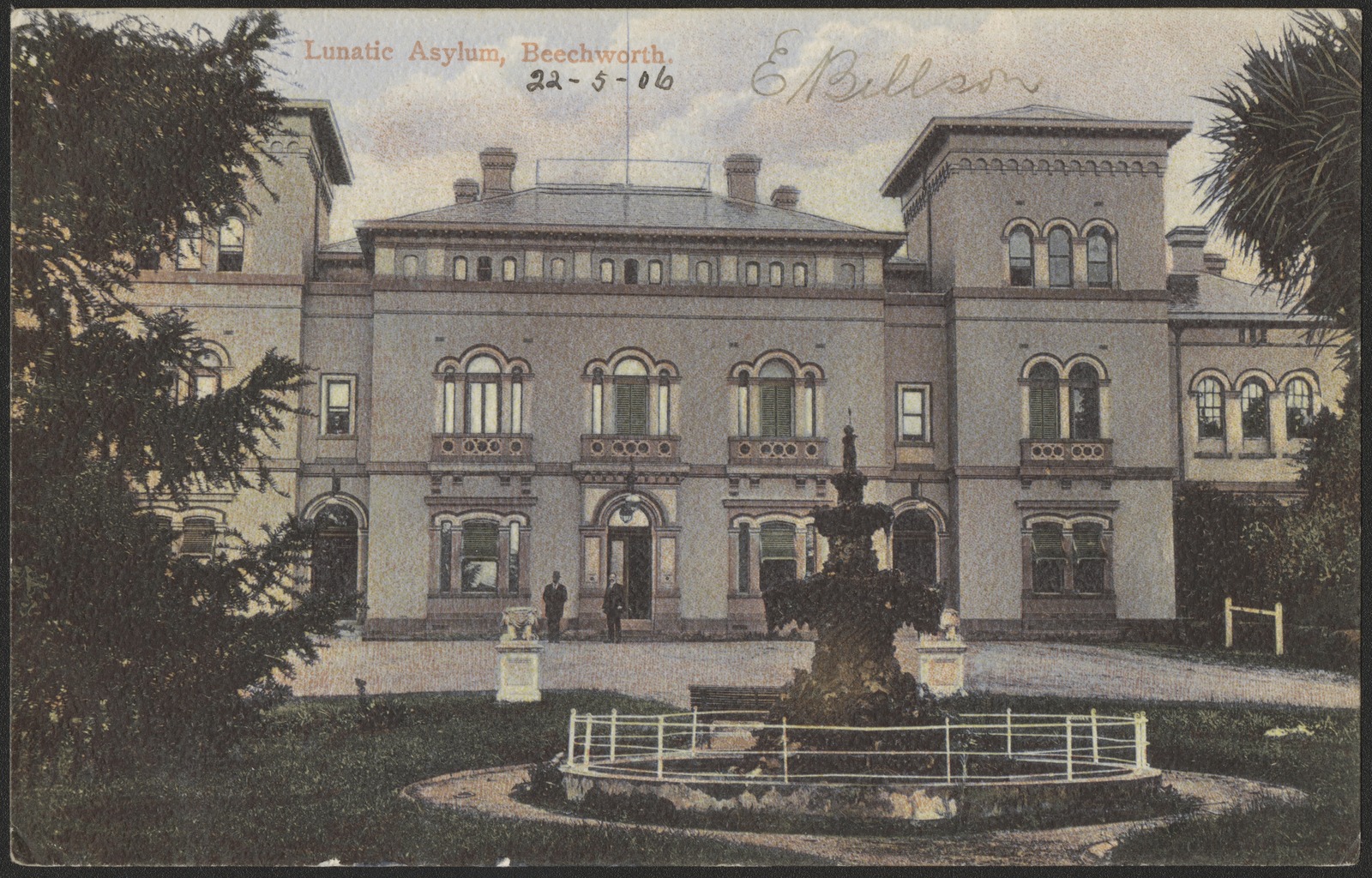
There is an abundance of stories to discover on the building that was once home to the Beechworth Lunatic Asylum. There are so many newspaper articles connecting the building to mysterious deaths in the town.
A story hit the papers in 1898 of a patient's death which was thought to be under suspicious circumstances. Patrick Carroll was found to have died of injuries which couldn’t have been self-inflicted. At the inquest into his death it appears they still didn’t know who inflicted the injuries on Mr Carroll.
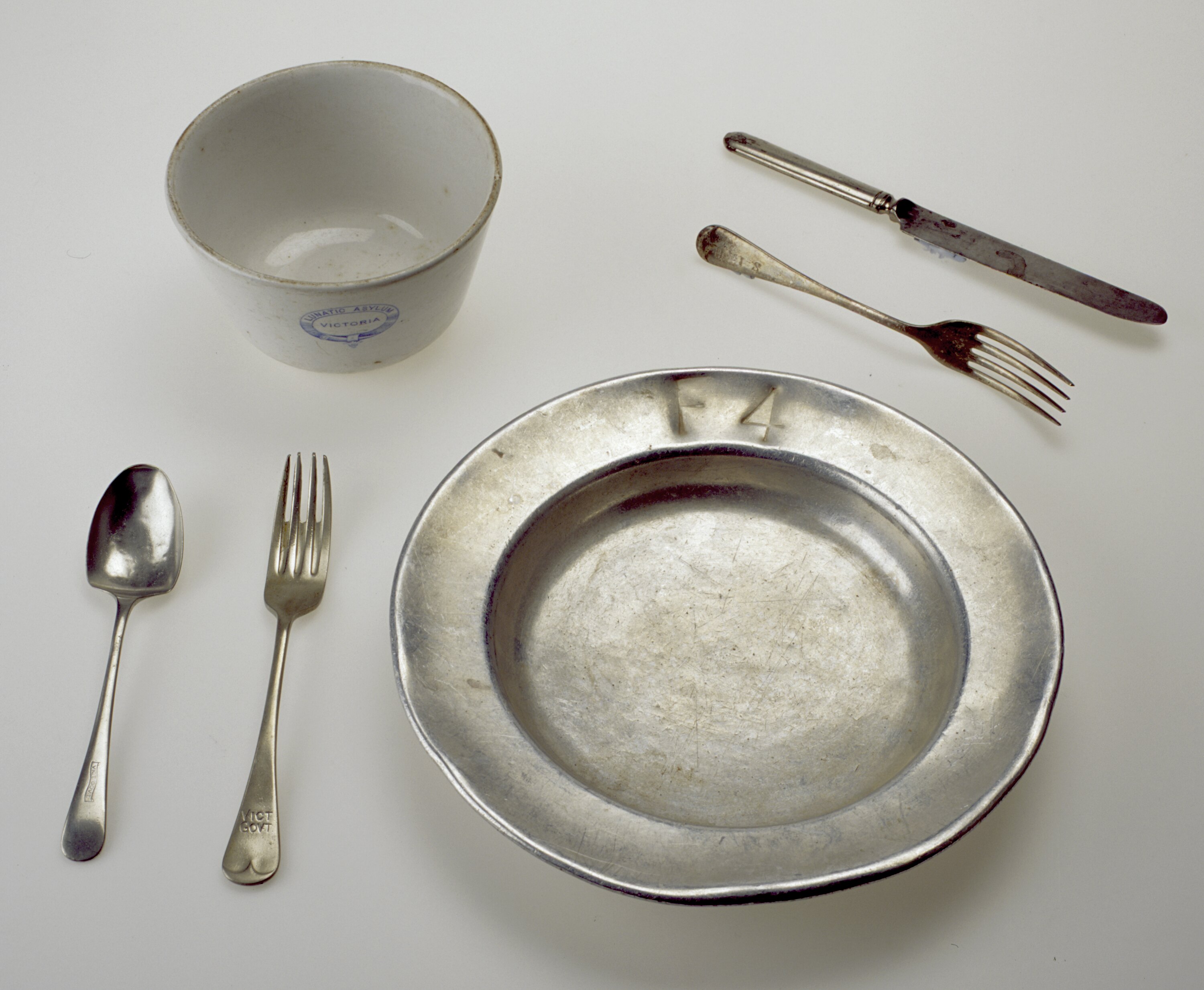
In 1910 patient Abraham Rees was struck in the head with a broom by another patient. He died shortly after from his injuries.
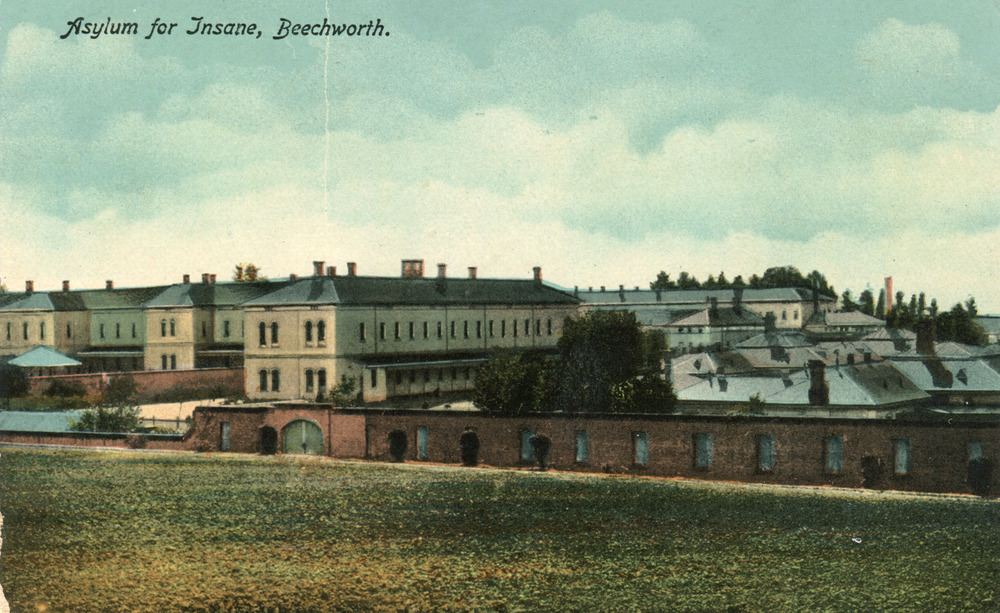
In 1921 one patient died and 18 became ill after being given contaminated Epsom salts. The post-mortem of Albert Henry Griffin found no trace of poison in his body. After further investigation the coroner ruled that his death was caused by epilepsy. However, the sample of Epsom salts given to all patients was found to have been contaminated with the poisonous substance oxalic acid.
In 1935 an attendant of the asylum was fatally shot on a rabbit hunting trip. William James McKinley was shot when his hunting partner shot at a rabbit. You can read about this story in the Shepparton Advertiser.
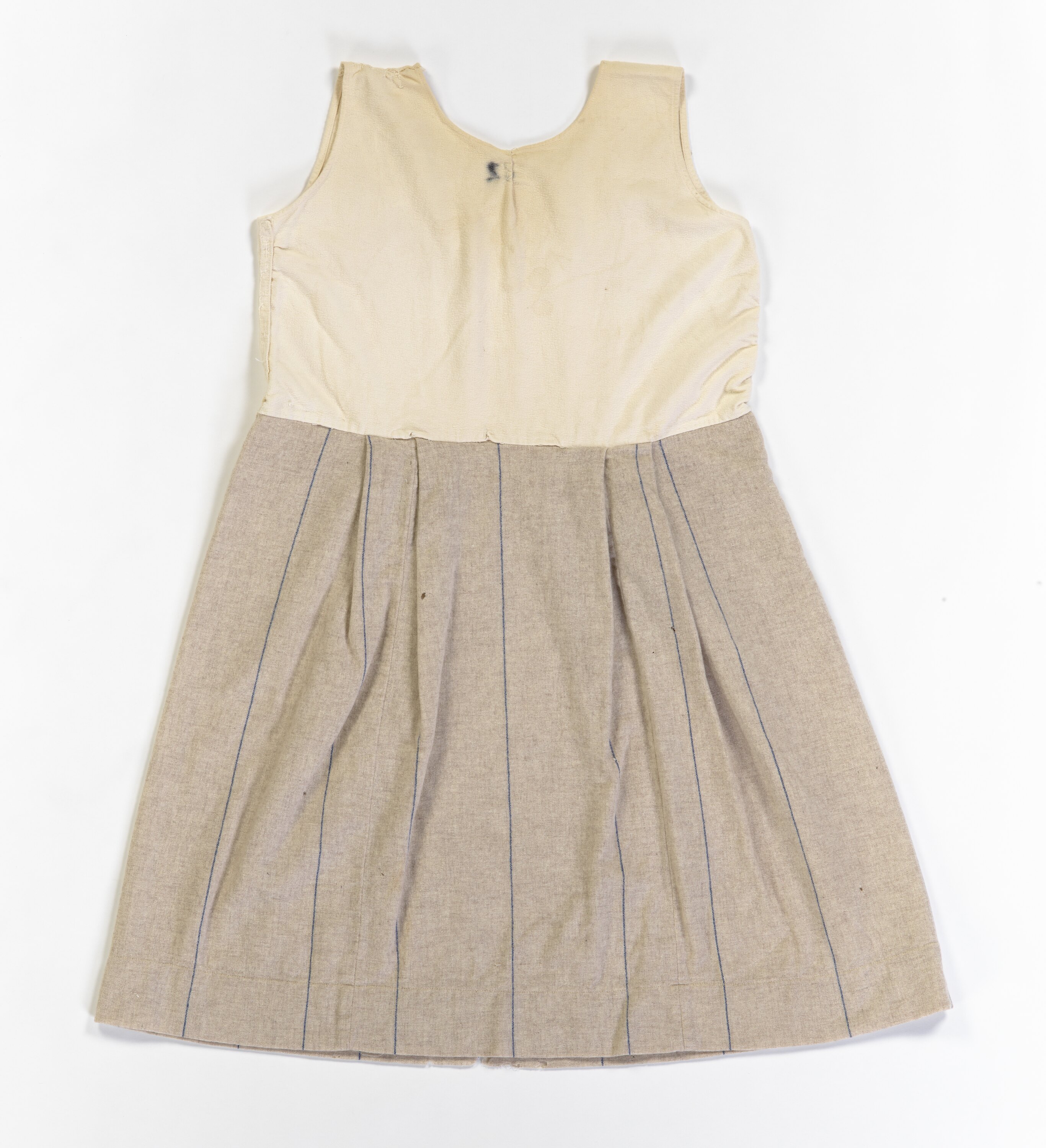
This dress was believed to be standard uniform for female patients at Beechworth Insane Asylum in the 1930s. There’s is something eerie about this dress. Perhaps it's the stitching or grey colour palette used.
Discover more of the historic stories about the asylum with this Trove list.
Princess Theatre
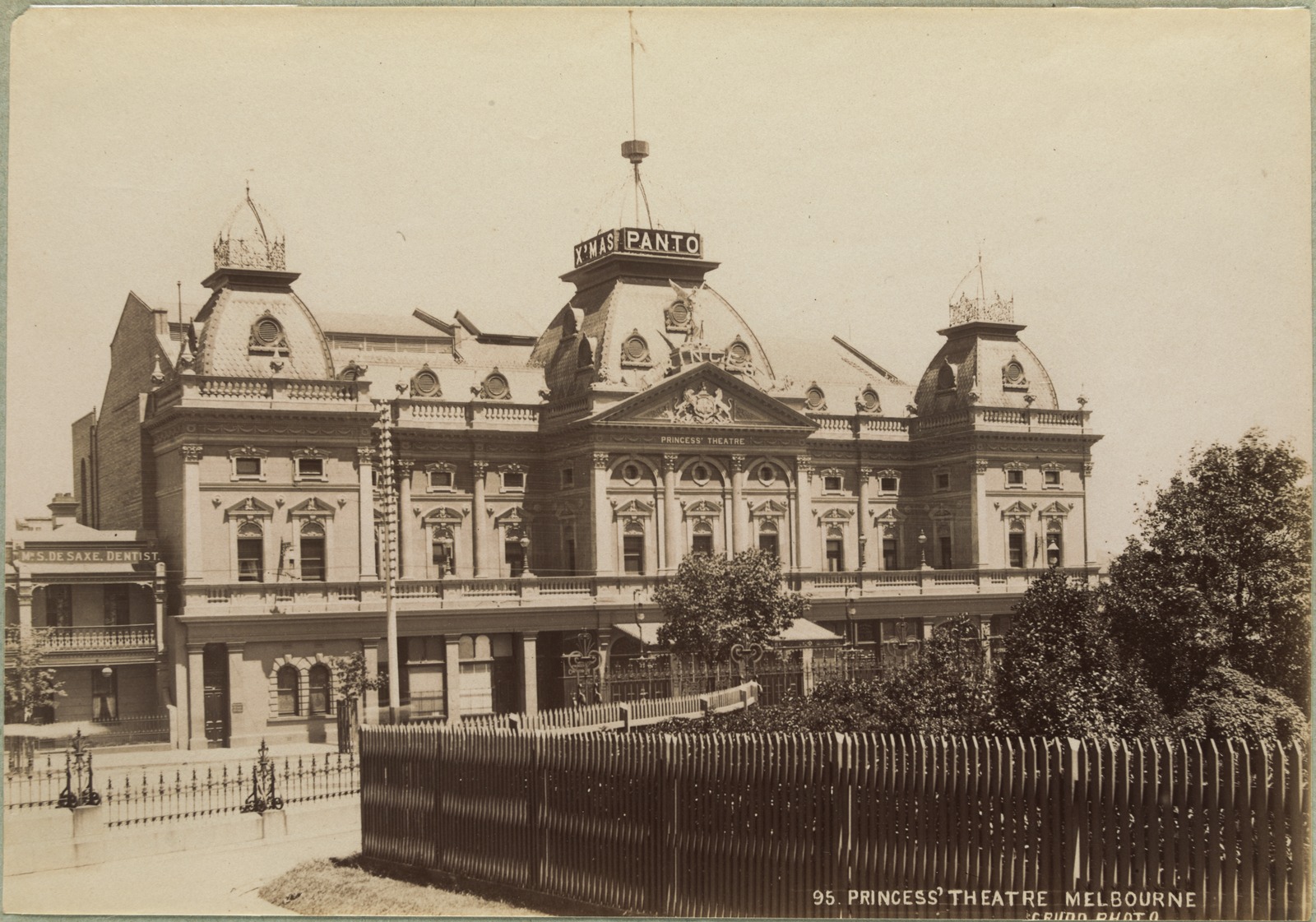
The origins of this haunting began on 3 March 1888 with a performance of Faust. Fred Baker (who also used the stage name Fred Federici) died of a heart attack at the end of the performance. Newspapers at the time believed the excitement of playing the character Mephistopheles aggravated his pre-existing heart disease.
In the last act the specially rigged floor made his character appear like he was slowly sinking beneath the stage. By this point the crew noticed that he appeared visibly unwell. He was only 38 years old when he died.
“After the lights have been turned out and the doors locked and the audience have gone home, a vagrant ray of light in the Princess Theatre, Melbourne caused a spectral shadow which has given rise to the most exaggerated fancies among the credulous and the superstitious.”
- ‘Ghost in the Theatre’, Leader (Orange), 31 May 1910
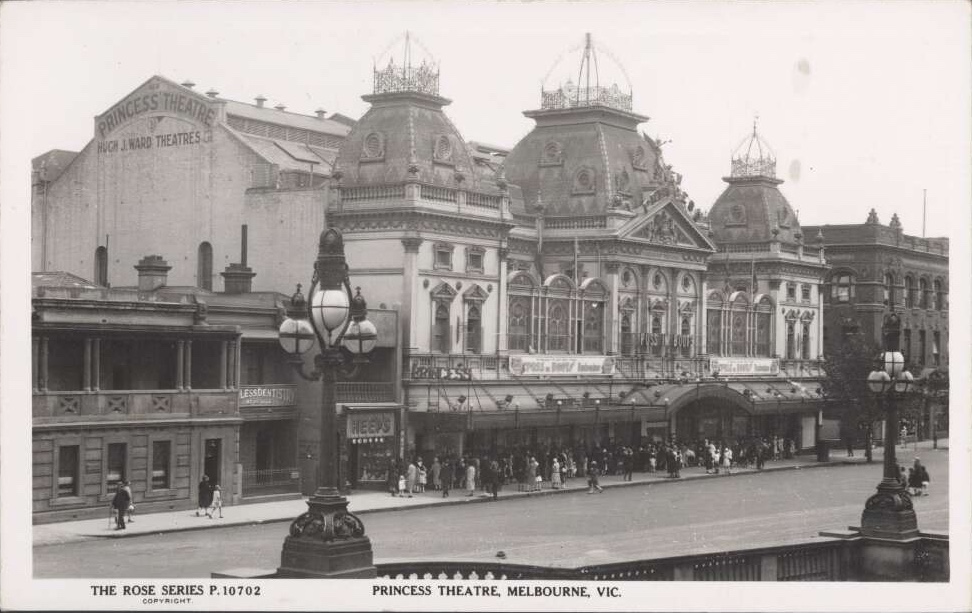
In 1946, The Argus recounted the tale of Australia’s greatest theatre legend. In an effort to dispel the ghost story a director tried to resurrect the trap door where Federici collapsed. In the process he injured his leg after stepping down into the lower part of the trap. It’s said to have been Federici exacting his revenge.
Explore the tales of Federici’s ghost with this Trove list.
Old Melbourne Gaol
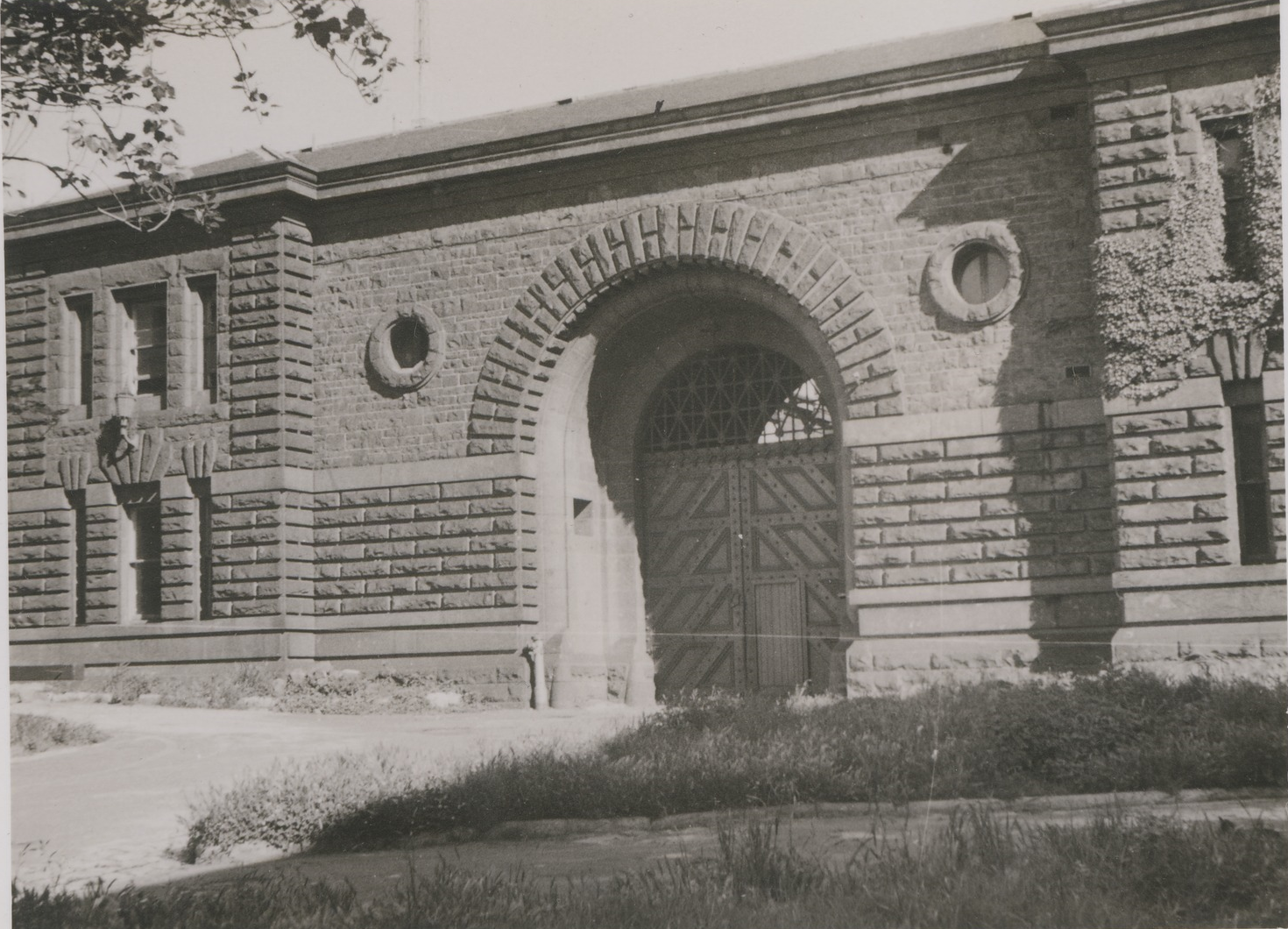
For anyone familiar with the story of Ned Kelly, you’re probably not surprised to hear that Melbourne Gaol is believed to be haunted. The infamous bushranger was hanged at the Gaol on 11 November 1880. Shortly after his death his head and beard were shaved off and a death mask was created of his face and head.
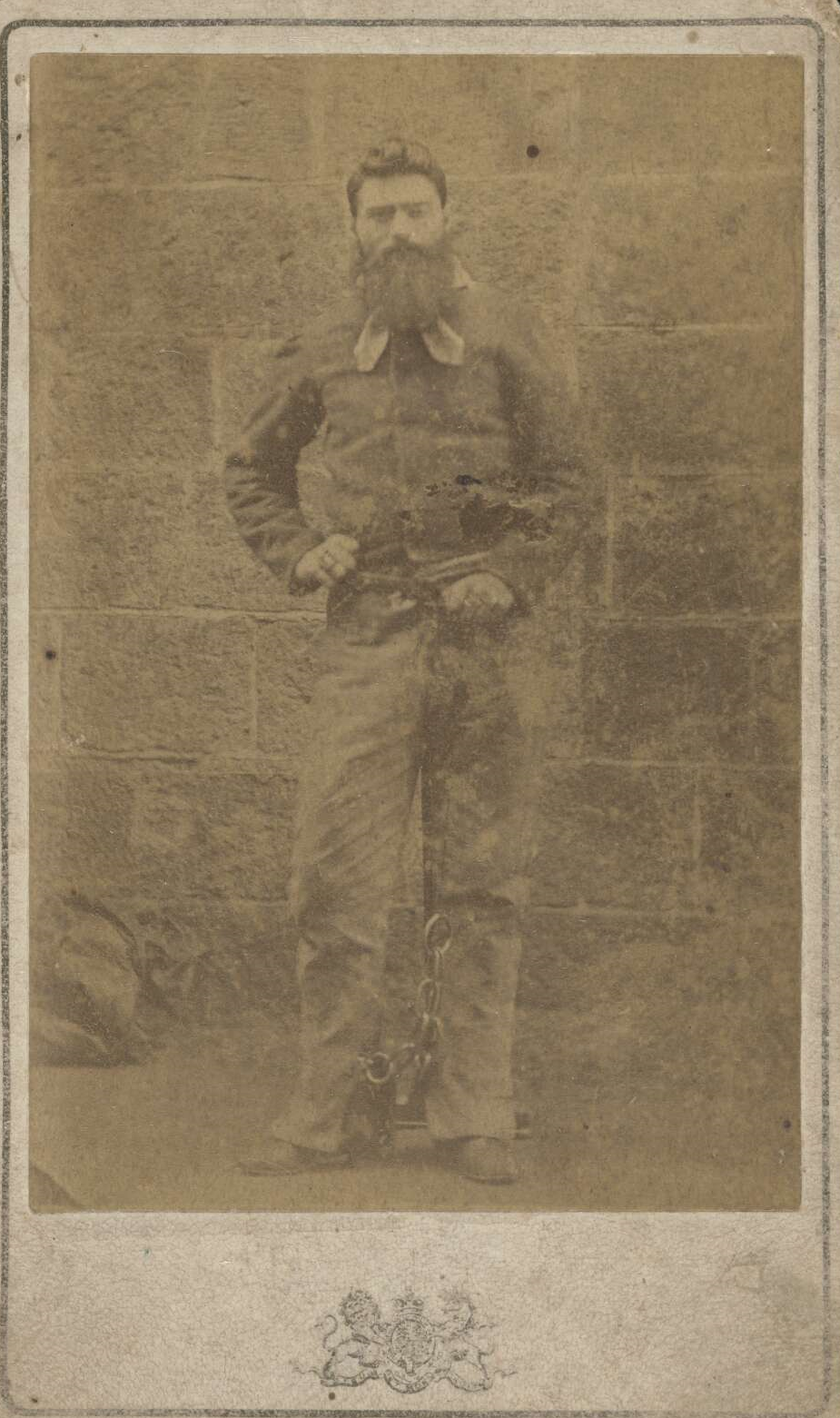
There were many executions at Melbourne Gaol including three that took place on 3 August 1864 of Christopher Harrison, Samuel Woods and William Carver. Before his execution William remarked that he ”forgave his enemies, and hoped for forgiveness for himself.” Whereas Samuel said he “blessed his friends and cursed his enemies.”
In 1921 the Governor of the gaol William Clarke was found with a self-inflicted gunshot wound in the prison garden. Just to add to the horror of the building, they had a graveyard onsite. In 1929, they were making modifications to the existing building to make way for the Melbourne Technical College. In the process 35 bodies were dug up and reinterred at an alternate cemetery. The bodies of executed criminals were also being uncovered in 1929.
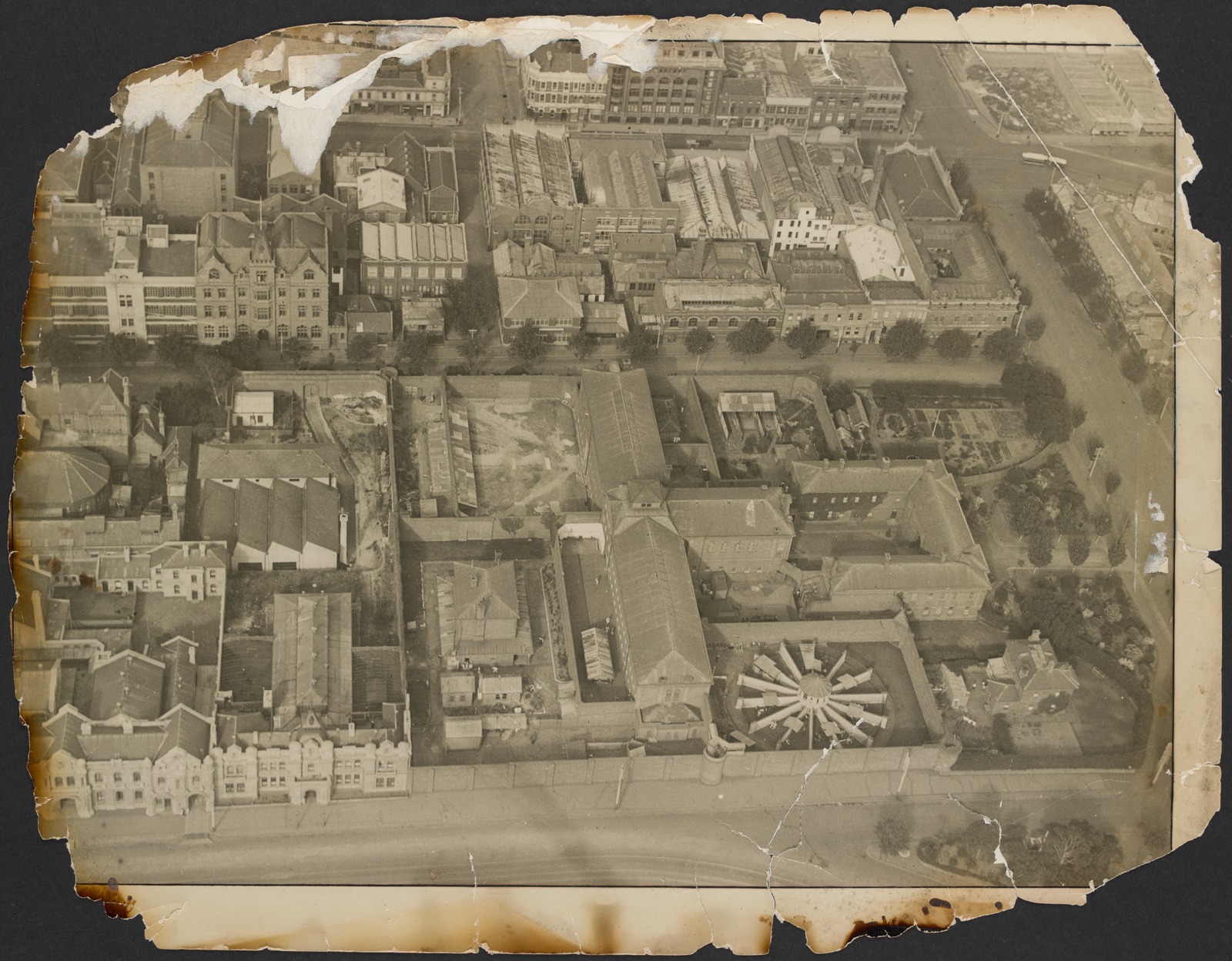
A great injustice was committed at Melbourne Gaol in 1922 when Colin Campbell Ross was executed for the murder of a 12-year old girl. Despite Colin having an alibi for the time of the Gun Alley Murder, police at the time were convinced of his guilt.
“I am now face to face with my Maker and I swear by Almighty God that I am an innocent man. I never saw the child. I never committed the crime, and I do not know who did. I never confessed to anyone. I ask God to forgive those who have sworn my life away. I pray God to have mercy on my poor darling mother and my family.”
- THE GUN-ALLEY MURDER (1922, April 25). The Advertiser (Adelaide, SA : 1889 - 1931), p. 9. Retrieved October 14, 2024, from http://nla.gov.au/nla.news-article49093046
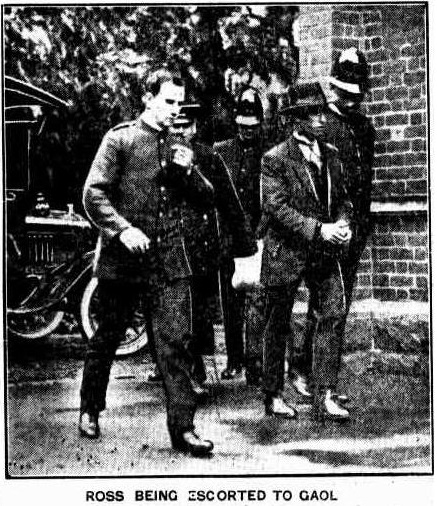
A particularly damning piece of evidence was the testimony of a former staff member of Colin’s wine saloon named Ivy Matthews. Fellow inmate John Harding alleged that Colin confessed to him that he committed the crime. But an investigation by Truth in 1925 revealed that the key witnesses only came forward once a reward was offered. They also explained that Ivy and Colin were on bad terms when she gave her testimony, and that she was an unreliable witness because she was known to use various aliases. Over 80 years after his execution Colin was officially pardoned for the murder.
Monte Cristo Homestead

Christopher Crawley and his wife Elizabeth Crawley purchased a significant amount of land in Junee and in the 1880s they decided to build the Monte Cristo Homestead. It was a beautiful home for their four daughters and three sons. Tragedy struck the family when Christopher died of blood poisoning in 1910.
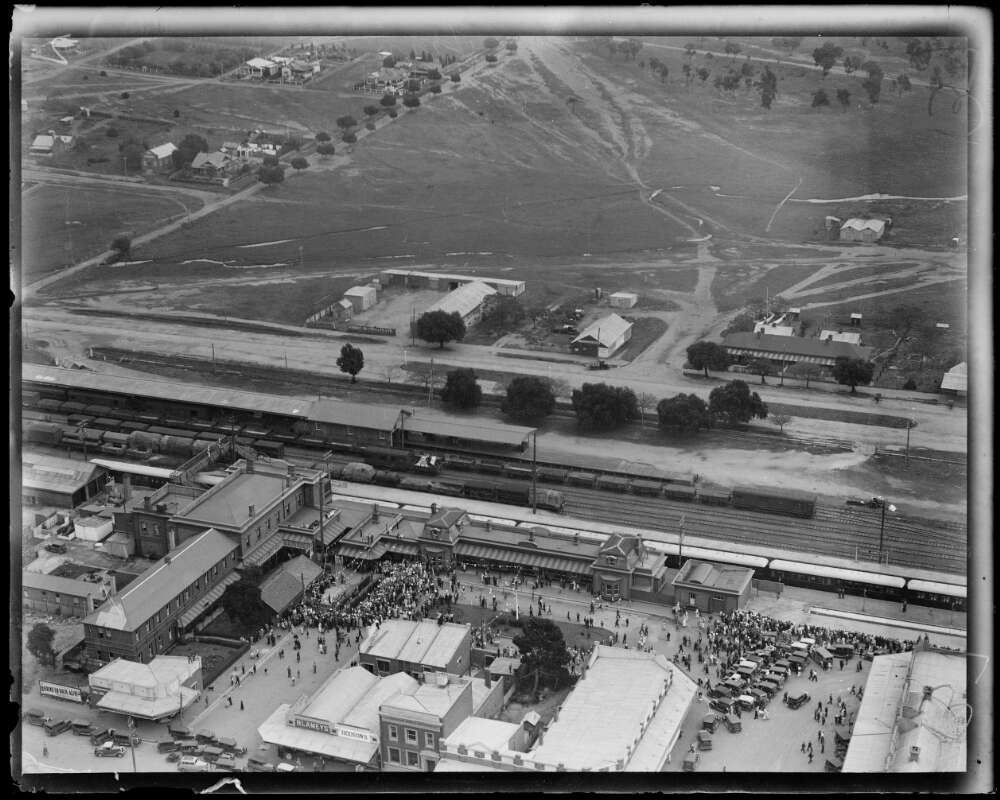
Elizabeth Crawley died at the homestead in 1933 at 91 years old.
Christopher and Elizabeth’s grandchild Ethel tragically died in the house at just 10 months old.
Despite the claims that members of the Crawley family haunt the estate, the family went on to live happy lives after Christopher’s death. Amongst his seven children there was a doctor, a solicitor and a schoolteacher. There were also several family weddings at the homestead.
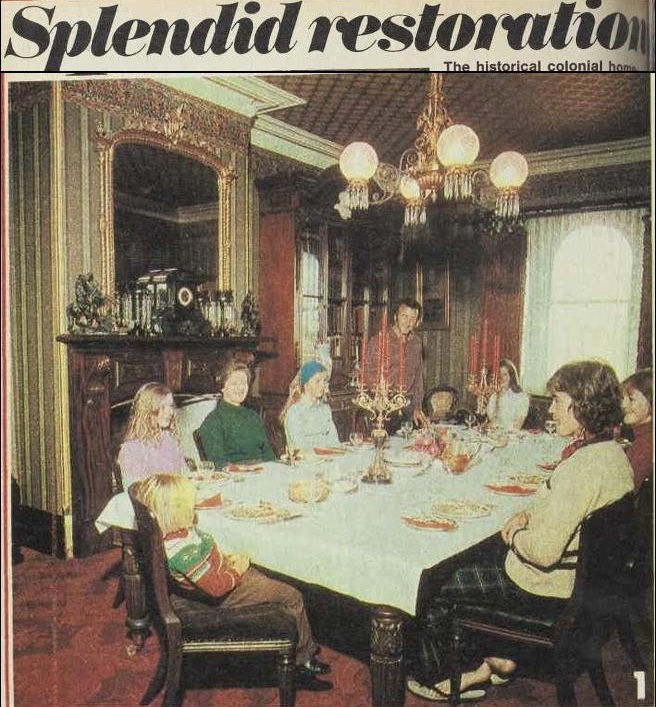
There are tales floating around that staff of the homestead have also met untimely ends. Whether these are just tall tales, or they’re based in truth, explore this Trove list and you can decide.
Ararat Lunatic Asylum (also known as Aradale Hospital)
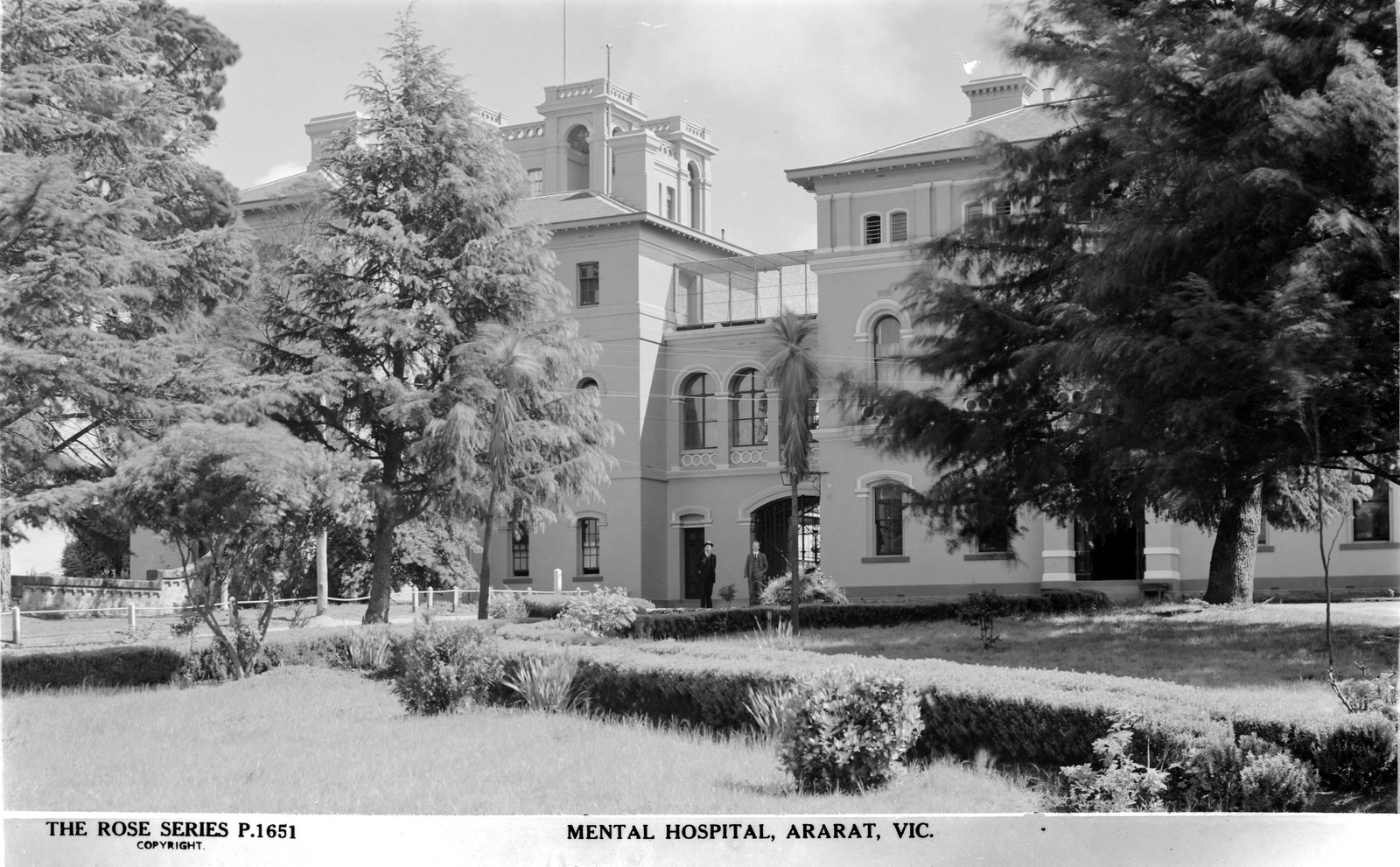
The Ararat Lunatic Asylum, which is now home to Melbourne Polytechnic, is believed to be one of Australia’s most haunted buildings. It opened in 1867 and was a functioning hospital until 1997. In Trove you can discover plenty of death connected to the asylum. Causes ranged from suspicious circumstances, murder, old age, typhoid fever, poison, suicide and disease of the brain.
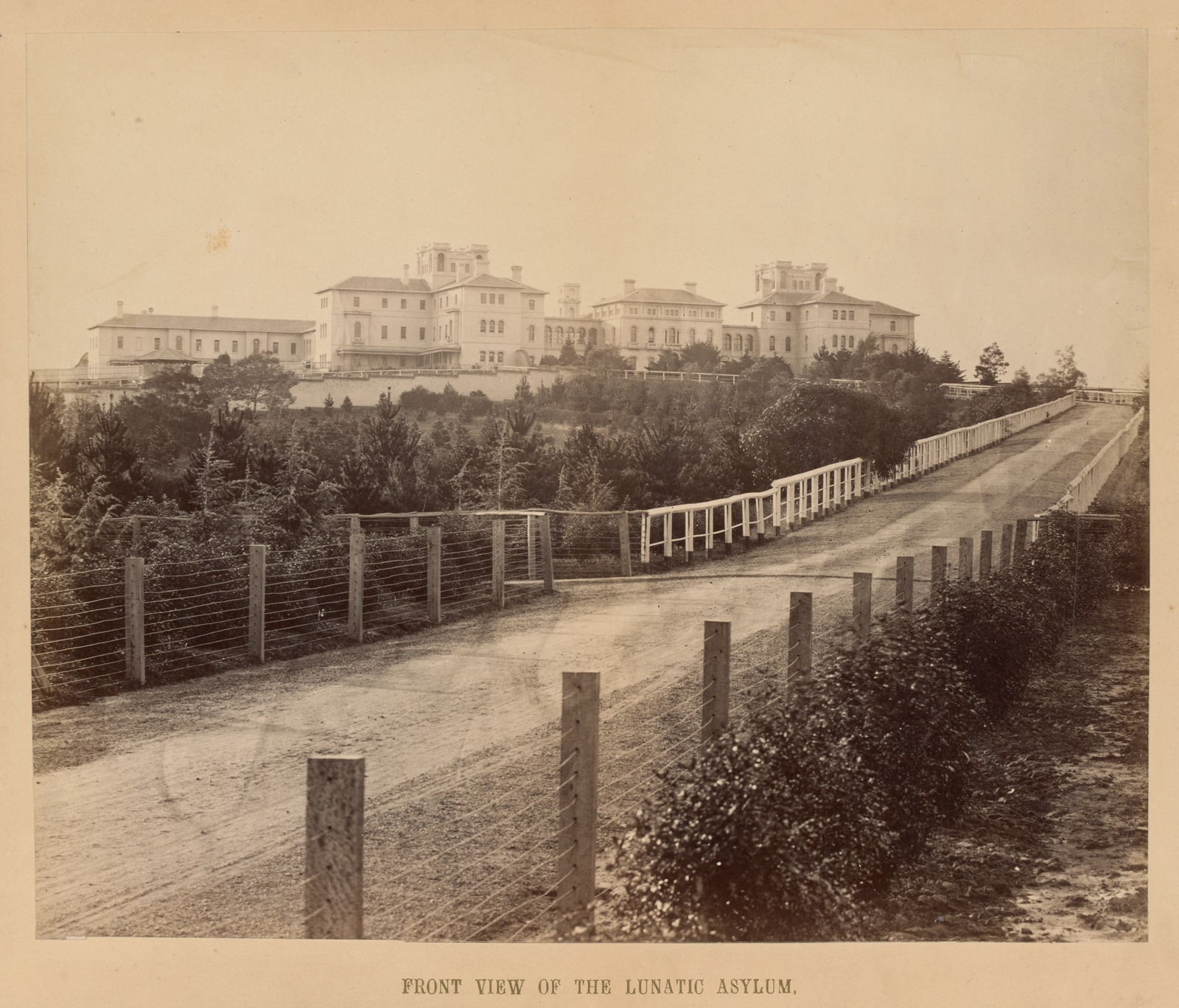
During its operation there were allegations of staff mistreating patients. In 1883 a former patient alleged that this brutal treatment resulted in the death of two other patients.
The asylum was at the centre of a mystery in 1898 when the asylum’s woodcutter was found dead in his tent with a gunshot in his head. Joseph McDonald appeared to have wounds consistent with pellets used for kangaroo hunting. An asylum patient was initially a suspect but was eventually cleared.
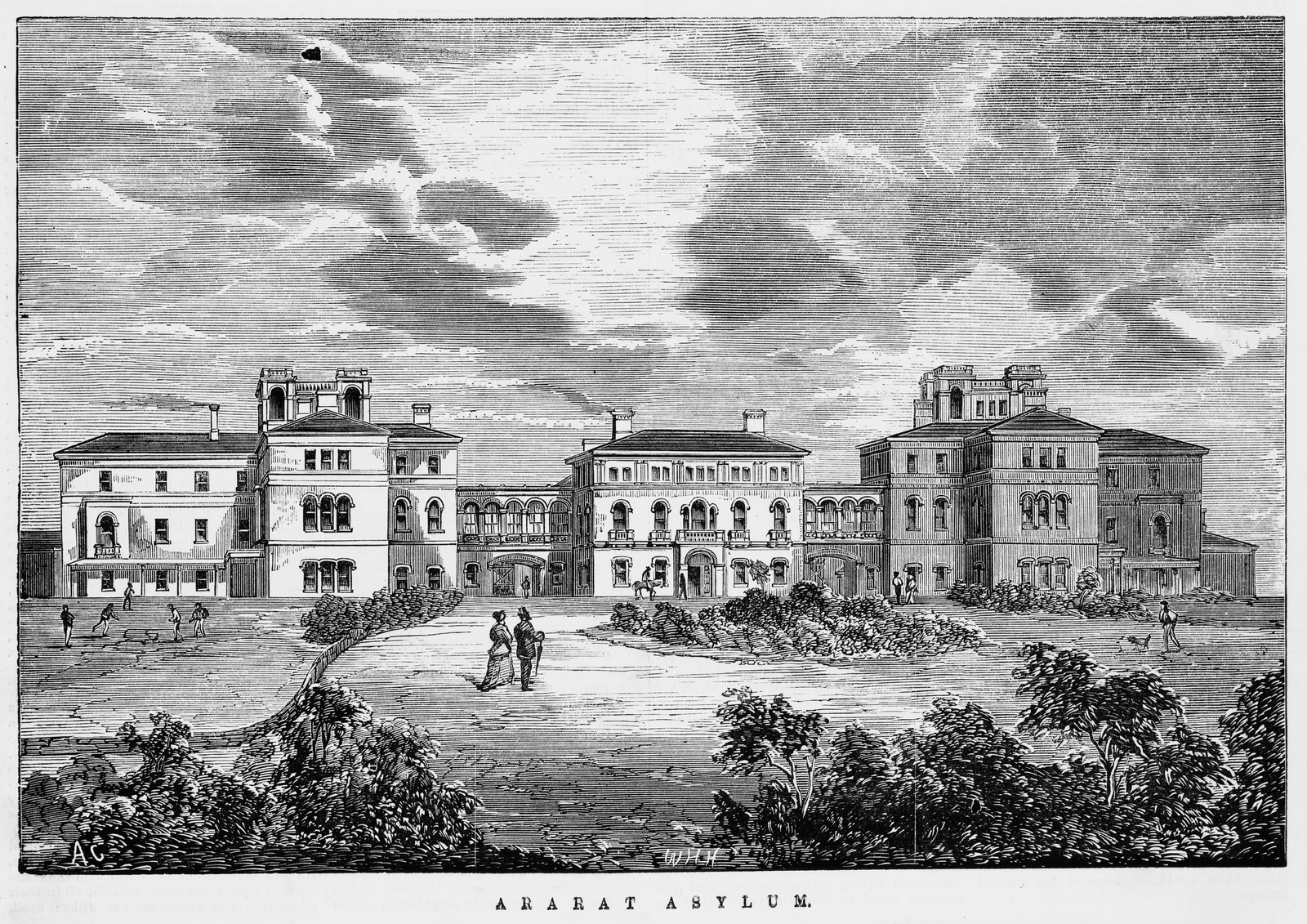
A patient named Hewitt was found dead in the kitchen garden of the asylum in 1905. Staff realised something was wrong when they noticed his hat floating along the surface of the dam. It is believed that he drowned himself.
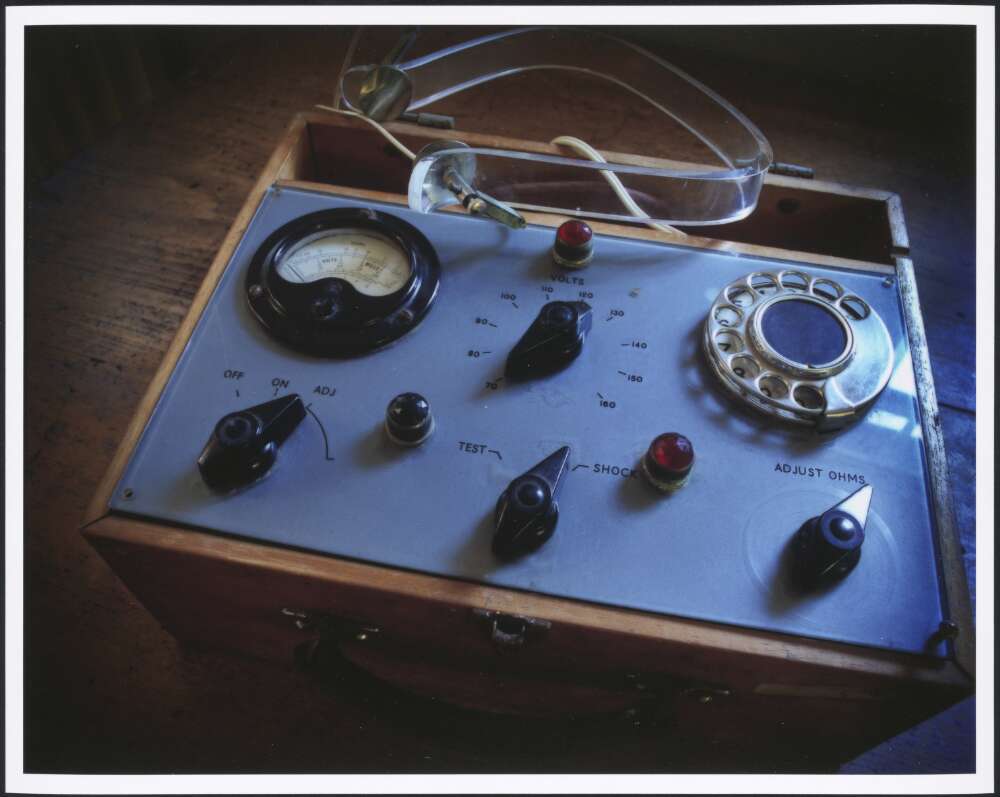
In 1909 a patient named Frank White was found dead in his room. He was trying to lift his bed but fell backwards and broke his neck. He was only 25 years old.
Another tragedy struck the asylum in 1912 when the Superintendent Dr William L. Mullen was found dead. It was suspected of being suicide by prussic acid poisoning.

This pharmacy counter held by Museums Victoria was used at Ararat Lunatic Asylum to hold and dispense medication for patients. This medication included purgatives, emetics, blistering agents and sedatives.
The asylum was also affected by disease outbreaks including one in 1877 of scarlet fever and typhoid. It’s probably no surprise then that a supernatural presence is thought to be alive and unwell on the campus. Cramped quarters, poor treatment from staff and being ostracised from society – it’s no wonder that the spirits of former patients would come back to haunt the building.
Is there a spooky location we missed? Learn how to make a Trove list with your research. You can also let us know the spookiest Australian buildings you’ve visited on our Facebook page.